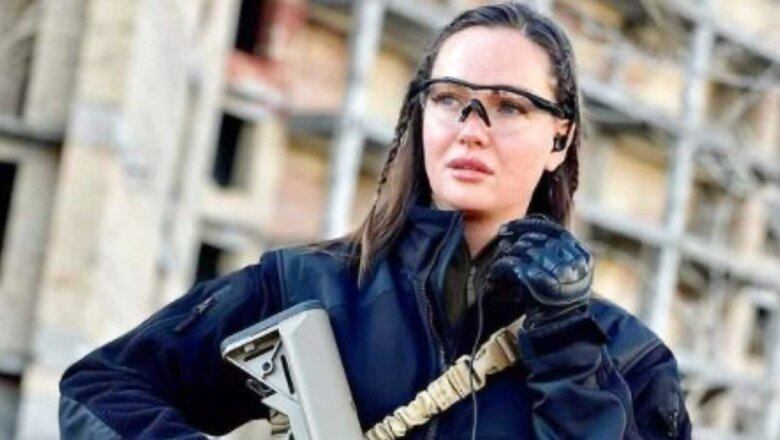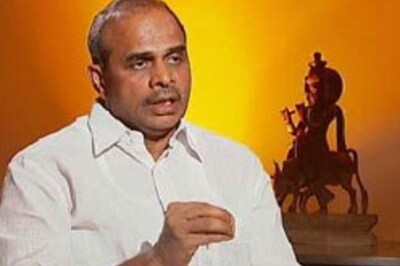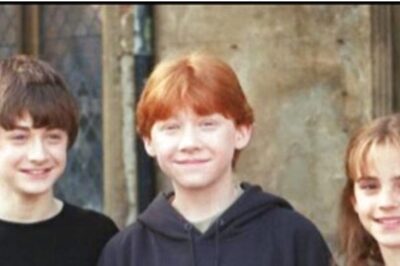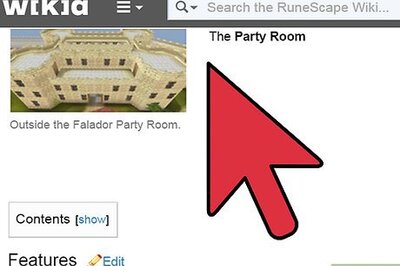
views
Since Russian President Vladimir Putin officially declared what he calls a “special military operation” in Ukraine, most social media feeds have been filled with posts about the conflict between the two countries.
Ukraine is utilising social media to mobilise support, with new content being produced on sites namely Twitter and TikTok regularly. On the other hand, Russia has been successful in driving out or closing down some of the most popular internet services—for example, Russia has blocked Facebook entirely and using Twitter becomes very difficult.
As reported recently, Ukraine’s top law enforcement agency said that the Ukrainian military successfully attacked Russian vehicles in the capital city of Kyiv owing to a public tip received via the encrypted messaging app Telegram.
The Security Service of Ukraine said in a tweet: “Your messages about the movement of the enemy through the official chatbot … bring new trophies every day. This time we received the coordinates of enemy vehicles marked ‘V’ in the Kyiv region. The result – in the photo: fiery “hello” to the occupiers.”
Ваші повідомлення про пересування ворога через офіційний чат-бот ➡️ https://t.co/qM3l39liUp щодня приносять нові трофеї. Цього разу ми отримали координати ворожої техніки з позначками «V» на Київщині.
Результат – на фото: полум’яні «привіти» окупантам. pic.twitter.com/a8lIOpAwLr
— СБ України (@ServiceSsu) March 8, 2022
Ukraine has dominated social media in the days following the Russian invasion, observers say, in an expanding information war with Moscow that Kyiv appears to be winning so far. Even, Ukrainian President Volodymyr Zelensky’s daily video speeches, which are normally provided with English subtitles, have become viral sensations.
Similarly, Ukrainians have made viral videos proving their forces’ accomplishments, such as a Ukrainian missile shooting down a Russian helicopter and a Ukrainian farmer hauling captured Russian military hardware away on his tractor. People all across the world have been riveted by self-shot footage of sobbing Ukrainians, amid the ruins of their villages after Russia increased its shelling.
But the social media’s role also includes some challenges. Many online posts may have some truth, but they should be viewed with caution, as false claims and information about the two countries have proliferated on social media.
TREAD WITH CAUTION
Photos of Zelenskyy in military gear went viral on social media shortly after Russia launched its military campaign, alleging that he is spearheading a fight against Russia. It was claimed that he went to the border to help Ukrainian troops.
Even though the president is fighting Russia in every possible way, he certainly did not go to the border.
The particular picture which went viral, was from April 9 last year. It was part of Ukrainian Presidential Press Service Handouts distributed to media organisations when Zelenskyy visited the positions of armed forces near the frontline with Russian-backed separatists in the Donbas region. This photo is also visible on Zelenskyy’s official website.
Ukrainian President #Zelensky took off his clothes and put on a military uniform to fight with the army to protect his country. Hat's off to him!!!️#UkraineRussia #worldwar3#UkraineRussiaConflict#russianinvasion #BidenIsADisgrace pic.twitter.com/OtiGXt5dyO— DN Choudhry (@dnchoudhry) February 25, 2022
Meanwhile, an image of a woman soldier went viral and it was claimed that the woman is the wife of the vice-president of Ukraine. In social media posts, many people praised her for showing courage at the time of this ongoing conflict.
But this claim also turned out to be fake, as Ukraine doesn’t have a vice-president, which means this is also a fake representation. In reality, the image was captured by Kyiv-based photographer Volodymyr Zakharov during a military parade practice on August 22 last year to commemorate Ukraine’s 30th anniversary of independence.
In 2020, there was news that Indian-origin Miss England Bhasha Mukherjee returned to the National Health Service, United Kingdom to continue her job as a doctor during a coronavirus pandemic.
During the Russia-Ukraine war some reports were published related to a beauty queen, but this time it turned out to be fake.
A photograph of former Miss Ukraine Anastasiia Lenna holding a gun has been used to spread false information, with some posts stating the model has joined the military. She conveyed her support for her country and President Zelenskyy by posting those images on her Instagram account.
But several news sites misinterpreted her photoshoot and reported it incorrectly.
She followed up with another post a few days later, stating, “I am not military, just a woman, just normal human. Just a person, like all people of my country. I am also an airsoft player for years. You can Google what #airsoft means. All pictures in my profile to inspire people.”
Separately, a video claiming that the Russian and Ukrainian soldiers collided amid a fierce battle went viral. Soldiers carrying the Russian and Ukrainian flags are seen confronting each other in the less-than-a-minute video.
But later it was found that the video is authentic and shot in 2014—specifically at a time when Russia annexed Crimea.
Meanwhile, a graphic artist created a cover picture based on a TIME Magazine article. Because of its eerie resemblance to the magazine’s legendary covers, numerous people mistook it for the original and began sharing it on social media platforms.
It became so popular that the designer, Patrick A Mulder took to Twitter clarified that it was his work and “wasn’t originally intended to be a TIME cover”.
pic.twitter.com/rCzUP1jZtb— Patrick Mulder (@MrPatrickMulder) February 28, 2022
False videos of success for the Russian and Ukrainian Air Forces are being circulated by fans on both sides. In a viral video, a Ukrainian fighter jet shoots down a Russian MiG fighter jet over a Ukrainian city. Meanwhile, another viral video showed a Russian MiG fighter avoiding a barrage of surface-to-air missiles.
Both of these videos were, in fact, from the popular videogame Arma 3 and were afterwards taken down from social media.
Misinformation has the potential to play a large part in the war between countries, given the level of contemporary technology and the geopolitical atmosphere.
As part of the propaganda campaigns, belligerent nations frequently exploit misinformation. Propaganda can help boost a country’s military and civilian populations’ morale.
For example, the Russian media claimed early in the war that the Ukrainian troops had abandoned the battlefield, which was patently false. These accusations were made to weaken Ukrainian determination while instilling patriotism in Russians at home.
Misinformation, whether deliberate or unintentional, will play a significant role in this ongoing crisis. Considering the algorithmic structure, if someone is reading posts that favour one side, their news feed will be filled with more posts that support that side. So, a person’s news feed can quickly get clogged with a mix of true and false information about the conflict, frequently in favour of one side.
Misinformation can spread quickly and reach a large, worldwide audience through social media. In just a few hours, a trending post can reach millions of people and affect public opinion.
Experts believe that political action, such as sanctions, financial support, humanitarian aid and military aid, is driven by public opinion and the spread of misinformation has the potential to have a significant impact on the outcome of the Russia-Ukraine conflict.
So at this crucial moment, it is very important to double-check any such posts before sharing them on social media or forwarding them to others via messaging apps like WhatsApp.
Read all the Latest Tech News and Breaking News here




















Comments
0 comment